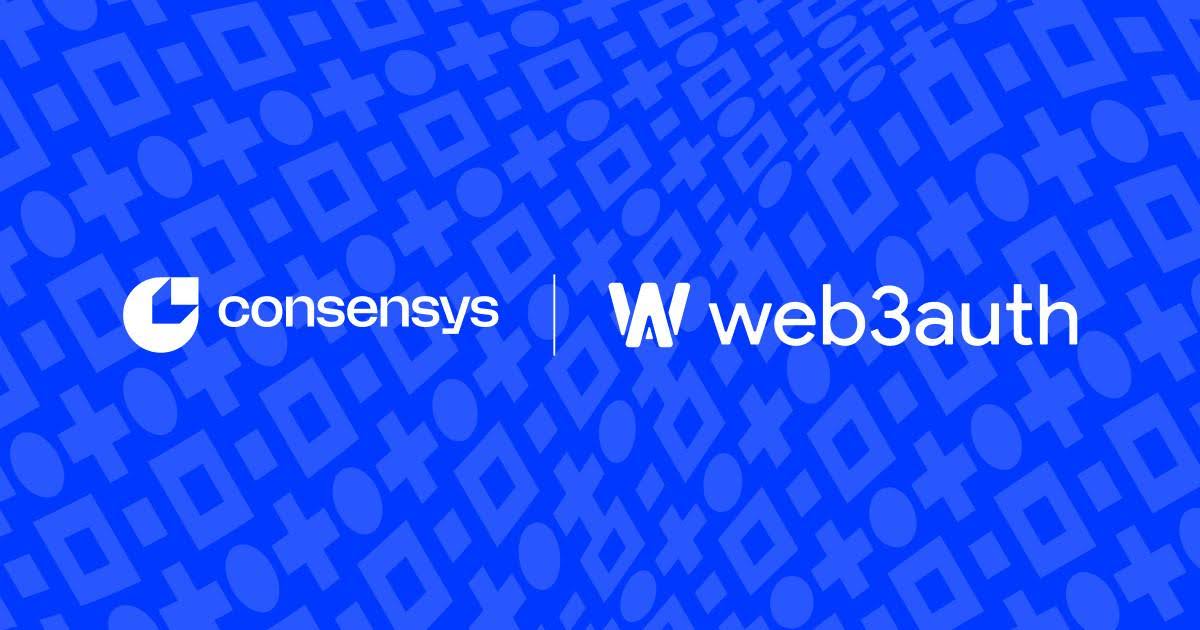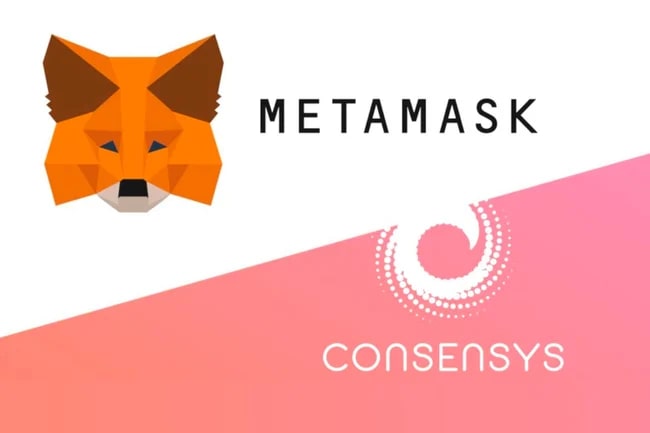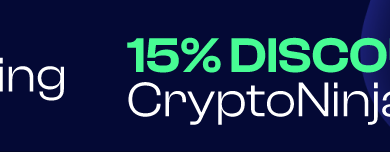MetaMask’s Billion-User Bet: Game-Changing Upgrade Removes Seed Phrase Headache
Key Takeaways:
- MetaMask integrates Web3Auth to eliminate the need for manual seed phrase storage.
- Acquisition aims to onboard the next billion users through Web2-style login options.
- Consensys targets Asian market growth with support for non-EVM chains like Solana and Bitcoin.
Consensys has just made a strategic move to redefine crypto wallet accessibility. By acquiring Web3Auth, a Singapore-based authentication platform, the Ethereum software giant plans to overhaul MetaMask’s onboarding process—bringing a more user-friendly, Web2-style login approach to the Web3 world.
Read More: MetaMask Teases Long-Awaited Token Launch as Talks Resurface Amid Regulatory Caution

MetaMask Revolution: Web3Auth Eliminates Seed Phrase Complexity
Seed phrases have been the Achilles’ heel of crypto wallets for years. You misplace it, and your assets are lost — forever. Many users still don’t heed these warnings, and, instead, they back up their phrases poorly. The parent company of MetaMask, Consensys, has finally had enough.
On June 3, 2025, Consensys, a Web3 infrastructure provider, announced the acquisition of Web3auth, a decentralized key infrastructure that authenticates users to login on social and Web2 platforms such as those offered by Google and Apple ID, and even a user’s biometric data for Web3 apps. The new integration is more than just a matter of convenience — it’s a general security upgrade, available to the masses.
“We’re getting rid of one of the major barriers for the mainstream adoption of crypto,” said Dan Finlay, a co-founder of MetaMask.
Thanks to Web3Auth, MetaMask users will no longer have to rely exclusively on a fragile 12-word seed phrase. Instead of that, private keys are now splited and encrypted across the devices and cloud providers, providing Multi Party Computation (MPC) for key recovery without sacrificing decentralization.

Read More: MetaMask Integrates Fiat Off-Ramps for 10 Blockchain Networks
Strategic Expansion: Why Asia Is the Battleground
Consensys’ move is more than just a UX improvement—it’s part of a calculated expansion strategy.
While MetaMask has long been a favorite among Ethereum-native users in the West, Asian markets have been slower to adopt self-custodial wallets due to technical barriers. Web3Auth, headquartered in Singapore, already has strong traction across Asia, including integrations with exchanges, wallets, and fintech apps.
By embedding Web3Auth’s technology into MetaMask, Consensys hopes to:
- Onboard new users via familiar login flows (email, social, biometrics).
- Expand into non-EVM blockchains like Solana and Bitcoin, which are especially popular in East and Southeast Asia.
- Support regional developers looking for low-friction wallet SDKs.
Over 500,000 users from Web3Auth’s ecosystem will now be plugged directly into MetaMask. This positions MetaMask as more than just an Ethereum wallet. It’s becoming a cross-chain, user-first Web3 portal.
From Power Users to First-Time Clickers: Lowering the Barrier
Why It Matters for Mainstream Adoption
The concept of seed phrases is simple, but they are terrifying in practice. Most of them are not recorded by users. Others have saved them on their phones, or in unsecure cloud notes — just one phishing email away from losing everything.
The purchase follows growing demand for hybrid security models and the ability to deliver the best of both worlds: Web2-style access combined with Web3-style control. Web3Auth does precisely that, leveraging threshold cryptography to allow:
- Device recovery
- Social recovery
- Multi-factor authentication (MFA)
It also aligns with a broader industry trend. Coinbase Wallet, Phantom, and even Ledger have begun exploring passkey or cloud-based authentication methods. But MetaMask’s integration of Web3Auth marks the first full-scale deployment of this model in a leading Ethereum wallet.
MetaMask’s Roadmap: What’s Next?
Consensys has confirmed the following post-acquisition roadmap:
- Q3 2025: MetaMask to offer Bitcoin and Solana wallet support natively via Web3Auth infrastructure.
- Q4 2025: Launch of institutional custody features for compliance-sensitive markets like Japan and South Korea.
- 2026: Full migration to a modular wallet stack, allowing developers to plug in authentication and recovery layers as-needed.
This is not just a feature update. It’s a fundamental shift in how wallets operate.
Crypto Wallets Are Entering Their “iPhone Moment”
The crypto world has long relied on the same user assumptions: “If you’re in Web3, you’re technical.” But the next wave of adoption won’t be driven by engineers or degens. It’ll come from everyday users—gamers, creators, and mobile-first investors who expect seamless onboarding and recovery.
The success of Web3Auth shows that demand is real. It’s already integrated with:
- Binance Web3 Wallet
- Trust Wallet
- Kukai (Tezos)
- and over 500 other dApps
By folding Web3Auth into MetaMask, Consensys is betting that better UX will drive billions.
Ethereum Rallies on Adoption Optimism
Market sentiment appears to support the move. As of June 3, 2025:
- ETH price stands at $2,617.22, according to CoinMarketCap
- Market cap: $315.96 billion
- 30-day increase: +42.74%
- Dominance: 9.50%
Analysts believe reduced friction in wallet creation and recovery could be a major driver for onboarding millions of new ETH holders. Institutions also welcome user-friendly tools that align with compliance mandates.
Bottom Line: Web3 Needs Fewer Steps, Not More
For over a decade, self-custody has been a balancing act between sovereignty and usability. MetaMask’s acquisition of Web3Auth may be the biggest step yet in resolving that tension. And while critics will always debate where to draw the decentralization line, one thing is clear: onboarding the next billion users will require meeting them where they already are.
That starts with dropping the seed phrase.
The post MetaMask’s Billion-User Bet: Game-Changing Upgrade Removes Seed Phrase Headache appeared first on CryptoNinjas.
CryptoNinjas




















